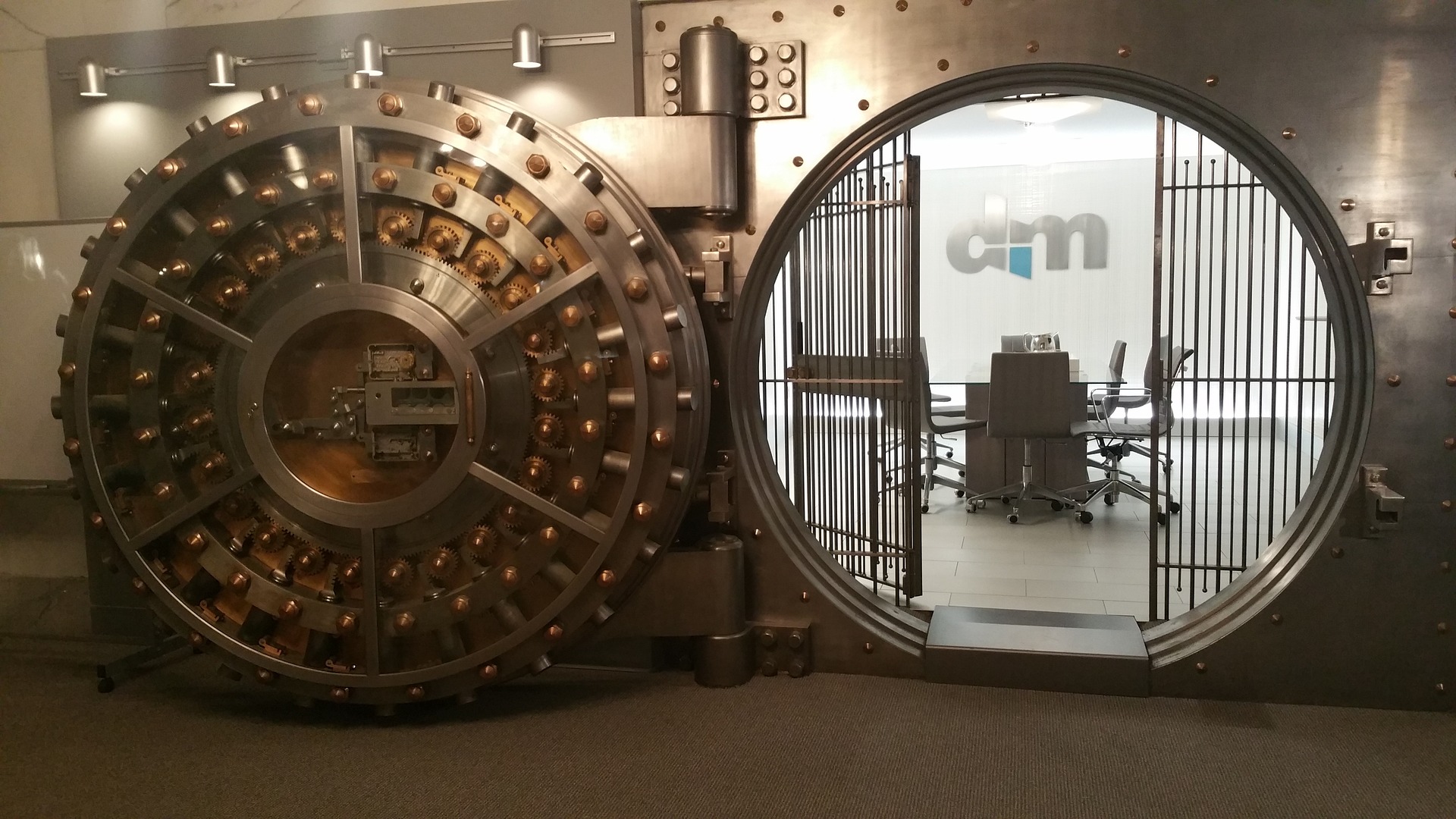2021-7-17 19:11 |
As cryptocurrency increasingly becomes part of the public consciousness, the discourse around the environmental impact of mining has become more intense. On the one hand, the singling out of cryptocurrency by some pundits clearly comes from detractors looking for any opportunity to criticise digital currencies. However, on the other hand, there’s a belief that the blockchain industry — founded on the principle of forward-thinking solutions to problems of the modern economy — needs to assume responsibility for the environment.
The environment, sustainability and green energy are hot topics in the tech industry. The disruption caused by the COVID-19 pandemic and the apparent environmental benefits that occurred during the lockdowns spurred thought leaders to consider how things could be done differently, especially if another global crisis should occur in the form of a climate change emergency.
Bitcoin and other cryptocurrencies have been under the spotlight because new tokens are ‘mined’ using a proof-of-work algorithm that demands a lot of computing power from miners. Large numbers of powerful computers naturally demand a commensurate amount of electricity. According to the Bitcoin energy consumption index, Bitcoin uses 135 terawatts of energy every year, roughly equivalent to that of the entire nation of Sweden. Furthermore, many large scaling mining sites, known as farms, are located in regions like China that are heavily dependent on fossil fuels to generate electricity.
Critics are increasingly pointing the finger at BTC mining’s energy consumption. Recently, New York-area residents complained that a new gas-fired power plant dedicated to mining Bitcoin was turning the local lake into a “hot tub”, although the company operating the factory has refuted these claims. Even crypto advocate Elon Musk declared that Tesla would no longer accept Bitcoin as payment for cars due to “environmental concerns”.
Musk’s remarks shook the crypto market because, in many ways, the South African billionaire embodies the tension at the heart of the crypto energy issue: maintaining enthusiasm about blockchain technology’s potential while remaining committed to the environment. If crypto is to fit into the new world of electric cars and green tech, it needs to find a way to be eco-friendly. This is important for blockchain adoption. Crypto exchange platforms that empower people to trade cryptocurrencies from their smartphones are becoming more popular than ever. StormGain, one of the top crypto exchanges, reported a significant increase in new users as people turned to crypto as a way to earn money from home during the pandemic economy. These new users skew young, tech-savvy and climate-conscious. So how are crypto companies trying to convince them?
Ripple signs the Crypto Climate Accord: progress or PR?Crypto mining was a hot topic at the annual UN World Environment Day on 5 June. In response to the concerns raised, the Crypto Climate Accord (CCA) was announced by a group of private blockchain organizations. Modeled on the Paris Climate Accord, the CCA declares its mission to transition all blockchains to renewable energy by 2030 or sooner and eliminating greenhouse emissions by 2040 with support from the United Nations Framework Convention on Climate Change.
The accord boasts the backing of several prominent personalities and companies, such as Ripple, Consensys, and Tom Steyer, the billionaire activist and financier. The UN’s ‘climate champions’ are also on record as supporting the accord.
The CCA has noble goals on paper, but they may not amount to much in the real world. After all, the Paris Climate Accord, an official agreement among nation-states, is criticized for its failure to meet targets. So what, then, can the industry-led CCA initiative do, even with backing or regulation from governments? Essentially, the industry is promising to self-regulate, but can the crypto companies really hold themselves accountable?
Tellingly, the cryptocurrency signatories to the accord need to make the least effort to align themselves with its goals.
Research the different cryptocurrencies (we recommend using StormGain’s extensive knowledge base), and you’ll notice something about Ripple. XRP does not use the energy-intensive Proof-of-Work (PoW) consensus protocol. Instead, it uses the much more efficient proof-of-stake (PoS) model, so XRP’s environmental impact is already minimal compared to Bitcoin.
The PoS consensus protocol looks like the future of crypto and is seeing increased adoption across the industry. For example, Ethereum (ETH) is moving over from PoW to PoS and will certainly reduce its carbon footprint by so doing. But if the CCA is only supported by existing users of the PoS model, it will do nothing to reduce the impact of PoW blockchains, especially BTC, which is not controlled by any entity capable of making the shift. Instead, it only serves as positive PR for Ripple and Co.
Global Bitcoin mining “mainly sustainable” and still very profitableBitcoin miners are aware of their operations’ current energy-intensive reputation and are taking steps to assure the public that they are moving towards a greener model. A recent report from the newly established Bitcoin Mining Council has declared that global Bitcoin mining is now mainly powered by “sustainable energy”.
The report notes that “the members of the BMC and participants in the survey are currently utilizing electricity with a 67% sustainable power mix” and goes on to extrapolate that global Bitcoin mining is currently running on 56% sustainable energy.
Much like the CCA, the BMC is a voluntary collaboration of private companies, including MicroStrategy’s CEO, Michael Saylor. It’s very possible that less sustainable operations would refuse to participate and thus skew the data. The Mining Council report focuses on its own members, reflecting the interests of these companies to paint themselves green.
The report also details Bitcoin’s recent hashrate drop confirming that it is the “largest linear decline for the foremost cryptocurrency’s hash rate in history”.
The near 70% drop in computing power dedicated to mining Bitcoin is largely due to the crackdown on Bitcoin mining in China. Miners are relocating their operations to other regions or selling their equipment, which may actually have positive knock-on effects for Bitcoin’s environmental impact if they end up in regions with stricter environmental controls. While BTC’s hashrate may be down, profitability remains good, largely because the pool of profits is split among fewer users.
Profit from BTC mining without wasting energyBitcoin isn’t moving away from PoW anytime soon, but you don’t have to buy an electricity-guzzling mining rig to do it. Instead, some companies are pioneering innovative ways to share BTC profits over the cloud. Crypto exchange StormGain leads the pack in this respect, offering a unique Bitcoin ‘cloud miner’ to its users. As traders use the platform for buying, selling and exchanging crypto, they can mine BTC that gets credited to their account without any extra use of their smartphone or computer’s resources. You can find out all the details about StormGain’s unique cloud miner here. Innovations like this are a great way to earn crypto without using excessive energy, and we recommend it as an eco-friendly alternative to purchasing mining hardware.
origin »Global Cryptocurrency (GCC) на Currencies.ru
|
|























